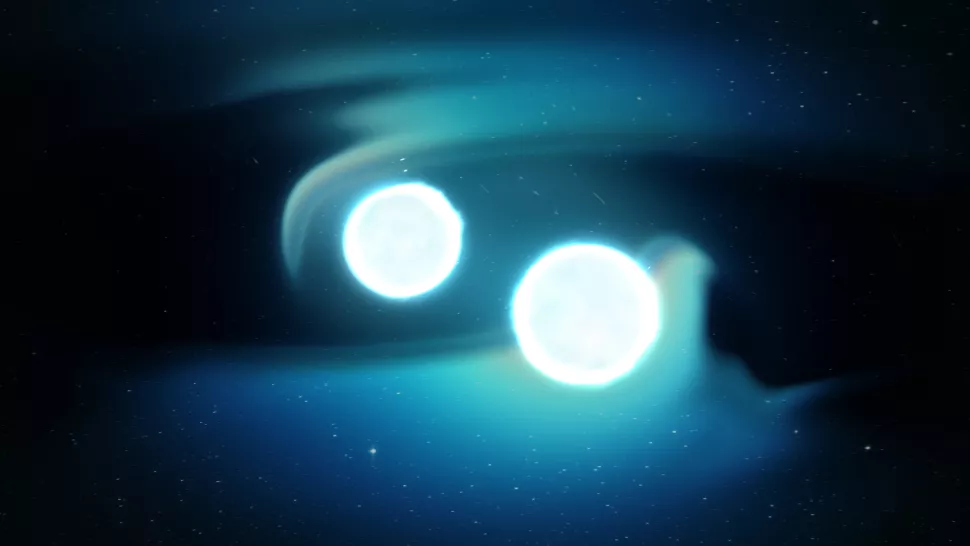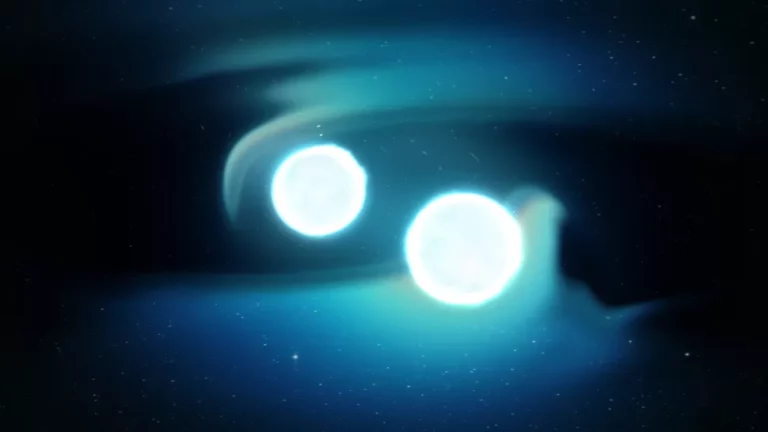A fortuitous cosmic coincidence may aid in elucidating the enigma of fast radio bursts.
New research suggests that collisions of neutron stars may trigger mysterious fast radio bursts.
Astronomers have been searching for the source of Fast Radio Bursts (FRBs), mysterious radio wave pulses originating from space. New observations indicate that FRBs may be connected to Neutron star mergers, the collision of the remnants of two massive stars that produce gravitational waves.
The evidence for this link comes from a curious coincidence: a gravitational wave event known as GW190425 was detected by LIGO in April 2019, just two and a half hours before a powerful FRB was spotted by a Canadian radio telescope in the same area of the sky. According to researchers, the probability of this being a coincidence is less than 1%. “This discovery is very exciting and has the potential to shed light on the mystery surrounding these fast radio bursts,” said lead author Alexandra Moroianu, an astrophysicist at the University of Western Australia.

Fast Radio Bursts (FRBs) are brief radio wave pulses detected by radio telescopes, some of which repeat while others are one-time occurrences. It is believed that the repeating FRBs originate from magnetars, neutron stars with very strong magnetic fields, while the cause of the non-repeating ones remains unknown.
A new study suggests that neutron star mergers and non-repeating FRBs may be linked, with the former possibly being a precursor to the latter. The researchers propose that when two neutron stars merge, they could create a larger and unstable neutron star that collapses into a black hole after a short time, releasing an FRB in the process.
While the association between gravitational waves, which are a clear indication of a neutron star merger, and an FRB is not yet confirmed, the researchers believe that it could be an important clue in understanding the mystery of non-repeating FRBs. The study’s co-author, astrophysicist Bing Zhang, emphasizes the need for further investigation of future gravitational wave-FRB associations.
This research was recently published in Nature Astronomy .
Do not forget to share your opinion with us to provide you with the best posts !




0 Comments